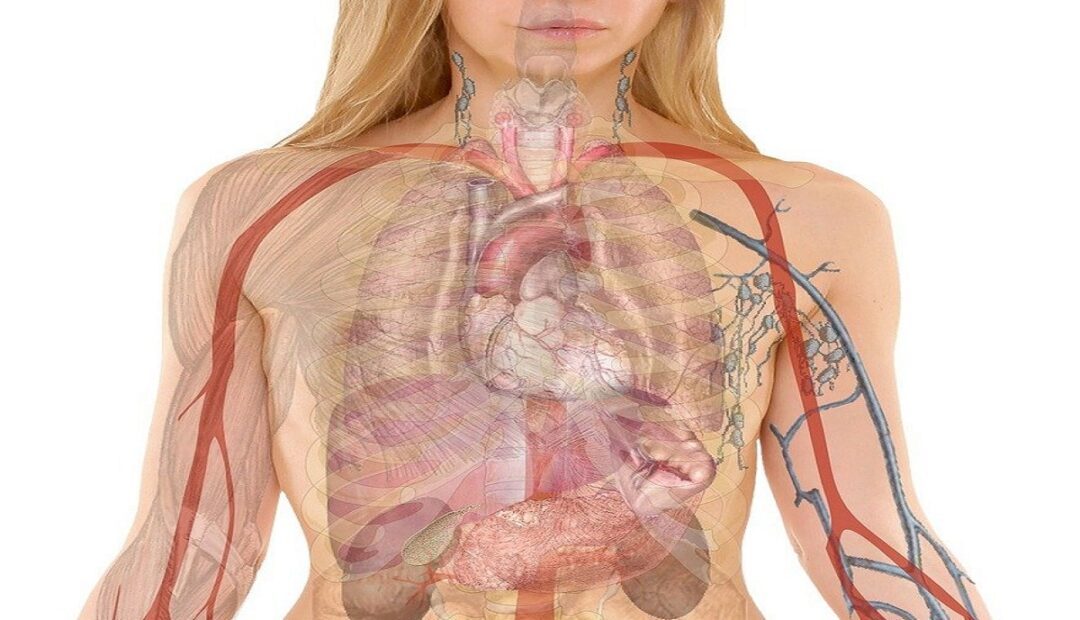BIOLOGY PRACTICAL ACTIVITIES
BIOLOGY PRACTICAL ACTIVITIES To examine Bryophyta A mature moss plant is obtained. The specimen is observed using a hand -lens. A labelled drawing showing structures is made: rhizoids, set a capsule, gametophyte, sporophyte. To examine Pteridophyta A mature fern plant is obtained. It is observed using a hand lens. Sori can be seen on the […]
BIOLOGY PRACTICAL ACTIVITIES Read More »
